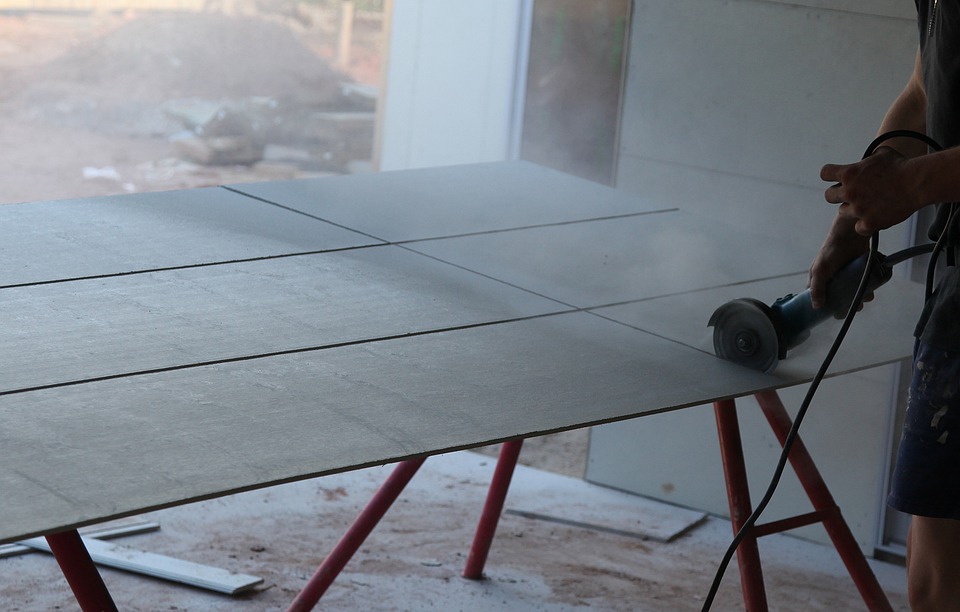Government reveals use of external cladding systems in Scotland
The Scottish Government has released a report on the use of external high pressure laminate (HPL) cladding system across a number of sectors in Scotland.

Following a data collection exercise involving both residential and non-residential buildings, it was found that a total of 393 buildings had external HPL cladding installed. This included 95 high-rise domestic buildings, located across six local authorities.
Of these 95 buildings, ten were in private ownership and one was owned by a registered social landlord. The remaining 84 were in local authority ownership. The private blocks had been built with HPL cladding from the outset, with the building warrants being dated between 2005 and 2021.
The local authority and registered social landlord owned blocks were typically 1960s and 1970s high rises that had been overclad with HPL cladding from the mid-1990s through to around 2010. The majority of all the buildings had the highest levels of fire performance (either Class 0 or A1/A2/B).
The report also notes that level of risk from HPL systems is not as high as the risk from systems using Aluminium Composite Material (ACM) panels with a polyethylene core, as used on Grenfell Tower. However, it is recommended that owners of domestic buildings refer to the recently published Scottish Advice Note (2021) to assess and manage the risk from HPL cladding. It also highlights that a Practical Guide for External Wall Appraisals is to be published later in 2021.
| Cladding specification | Number of buildings |
|---|---|
| Class 0 | 41 |
| Euroclass A1 / A2 | 6 |
| Euroclass B | 26 |
| Euroclass C | 0 |
| Euroclass D | 5 |
| Euroclass E | 0 |
| Euroclass F | 0 |
| No classification given | 17 |
The fire performance specification of the HPL cladding: Scottish Government
The Scottish Government is also currently consulting on proposed changes to building standards in relation to external cladding systems, following the recommendations of an expert panel. The consultation, which can be found here and closes on October 8, seeks views on the following:
- the wording of mandatory standard 2.7 relating to fire spread on external walls
- consideration of a definition and ban on the highest risk metal composite material (MCM) cladding panels
- options to improving standards and guidance on cladding systems, including the continued role of the large-scale fire test, BS 8414
- consequential matters – combustible exemptions
- impact assessments.











